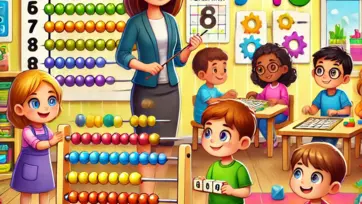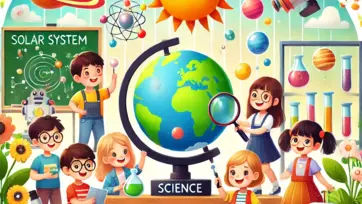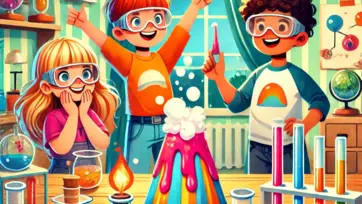Teaching your toddler the alphabet doesn’t have to be a boring or stressful task. By making learning fun and interactive, children are more likely to stay engaged and develop a love for letters from an early age. Here are some creative and enjoyable ways to teach your toddler the alphabet.
1. Use Songs and Rhymes
Music is a powerful learning tool for young children. Alphabet songs and rhymes make it easier for toddlers to remember letters.
Tips for Using Songs:
- Sing the classic ABC song together daily.
- Use YouTube videos or educational apps with alphabet songs.
- Clap, dance, or use hand gestures to make it interactive.
2. Read Alphabet Books
Reading books about the alphabet exposes toddlers to letters in a fun way.
Recommended Books:
- "Chicka Chicka Boom Boom" by Bill Martin Jr.
- "Dr. Seuss’s ABC" by Dr. Seuss
- "Eating the Alphabet" by Lois Ehlert
Point to letters as you read, and encourage your child to repeat them.
3. Play with Alphabet Toys
Hands-on learning with toys makes the alphabet come to life.
Fun Alphabet Toys:
- Foam letters for bath time fun.
- Magnetic letters for the fridge or whiteboard.
- Alphabet blocks for stacking and spelling.
Encourage your child to touch and feel the letters to reinforce learning.
4. Create Alphabet Art
Crafts and sensory play allow toddlers to learn letters through creativity.
Creative Alphabet Activities:
- Finger painting letters on paper.
- Tracing letters in sand, salt, or shaving cream.
- Making letter collages with cut-out pictures from magazines.
5. Play Alphabet Games
Games turn learning into a fun experience and improve letter recognition.
Alphabet Game Ideas:
- Letter scavenger hunt: Hide letter cards around the house and let your toddler find them.
- Alphabet puzzles: Help toddlers put together puzzles with letter shapes.
- Letter match-up: Match uppercase and lowercase letters using flashcards.
6. Practice Letter Recognition in Everyday Life
Toddlers learn best when they see letters in real-world settings.
Ways to Incorporate Letters in Daily Life:
- Point out letters on signs, labels, and menus.
- Spell out their name and other familiar words.
- Write letters with sidewalk chalk while playing outside.
7. Make Learning Hands-On with Sensory Play
Sensory activities help toddlers engage with the alphabet in a multisensory way.
Fun Sensory Alphabet Activities:
- Playdough letters: Roll and shape letters from playdough.
- Water painting: Use a brush and water to “paint” letters on a dry sidewalk.
- Alphabet rice bin: Hide small letters in a bin of rice and let kids find them.
8. Use Flashcards Creatively
Flashcards don’t have to be boring. Use them interactively to engage toddlers.
Creative Ways to Use Flashcards:
- Let toddlers trace letters on the cards with their fingers.
- Mix up letter cards and ask them to find specific ones.
- Turn it into a memory game by flipping cards over and matching pairs.
9. Teach with Movement and Action
Active toddlers love to learn while moving their bodies.
Action-Based Alphabet Learning:
- Jump on letter mats spread across the floor.
- Act out letters (e.g., make a big "T" shape with arms).
- Sing and dance to letter songs with hand motions.
10. Be Patient and Celebrate Progress
Every child learns at their own pace. Keep the experience fun and positive.
Encouragement Tips:
- Praise your child when they recognize a letter.
- Celebrate small achievements with stickers or claps.
- Avoid pressure—learning should be enjoyable and stress-free.
Conclusion
Teaching your toddler the alphabet can be an exciting and joyful experience when using engaging, hands-on activities. Incorporating songs, books, games, crafts, and real-world experiences makes learning fun and effective. With patience and encouragement, your toddler will build a strong foundation for early literacy and a love for learning!








